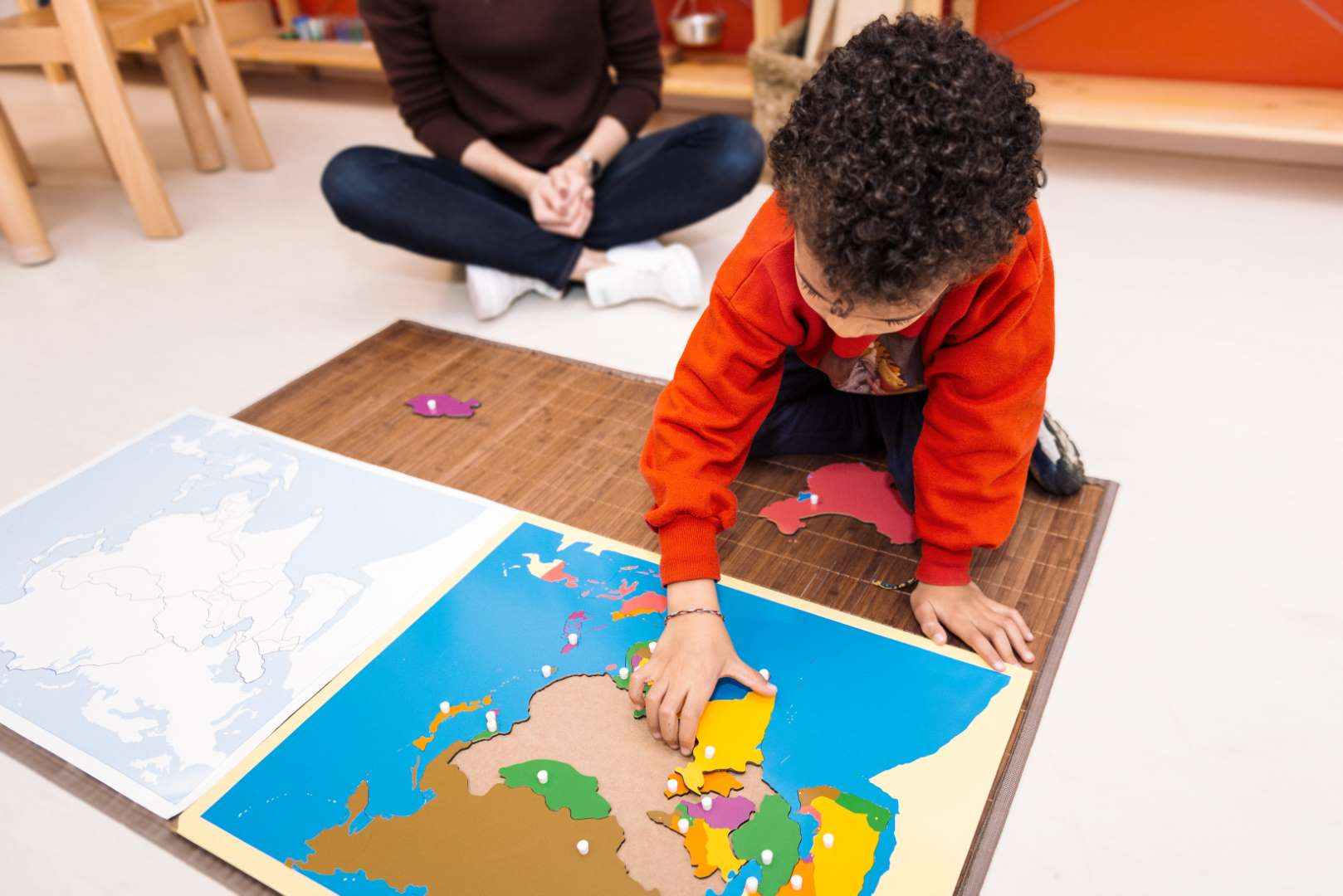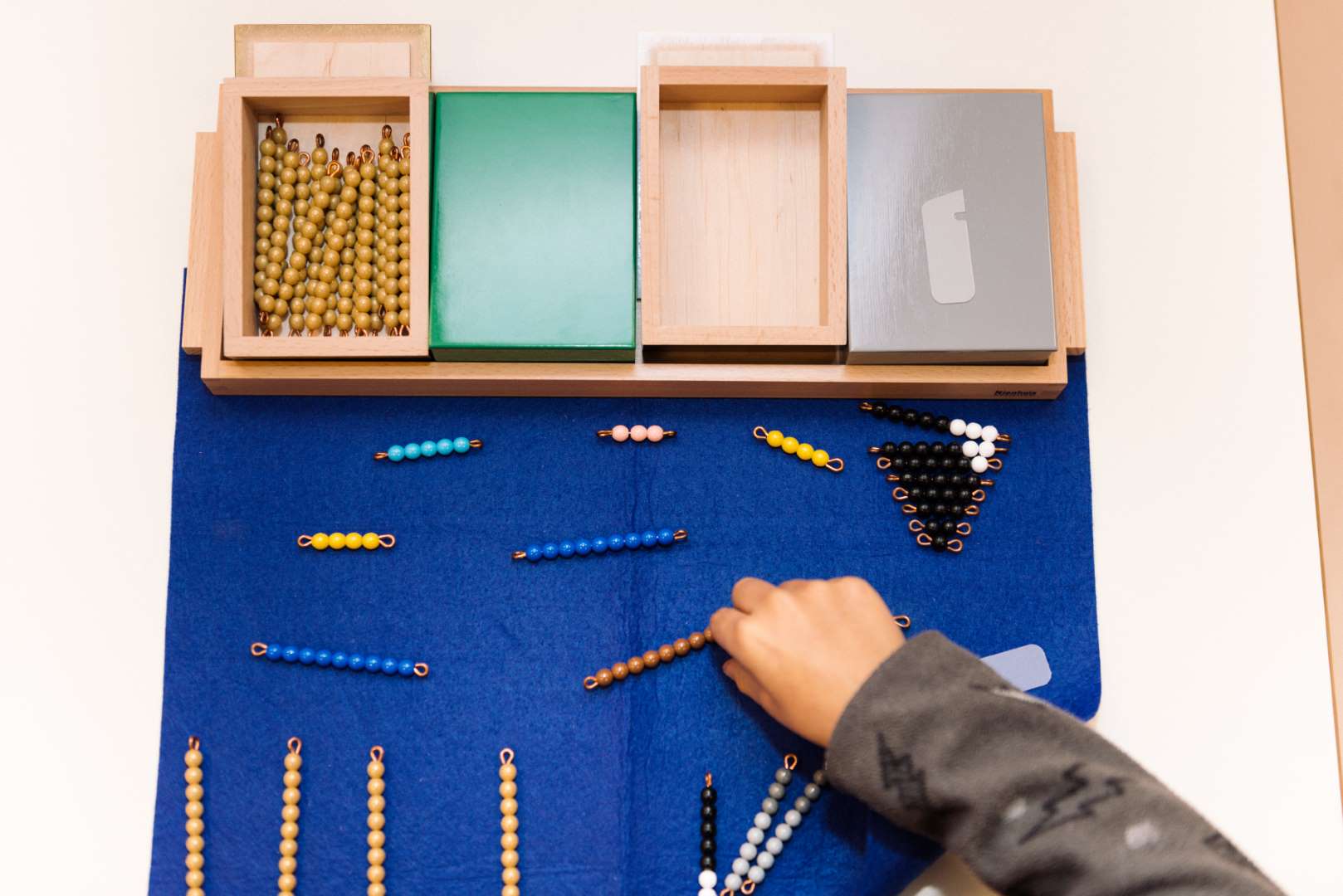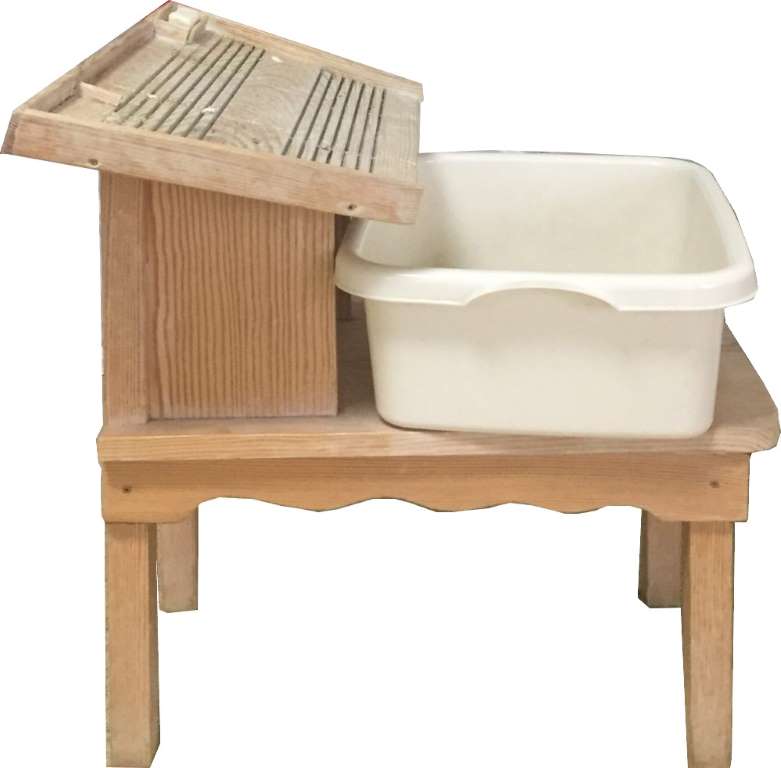The material
The child uses and manipulates interlocking objects, rough or raised letters, geometric shapes of increasing size, etc.
The advantages of the material are:
- Its 3-dimensional shape allows for manipulation
- Its size is adapted to the child
- The control of error (all alone, the child can check if he has correctly completed an activity)
- Its attractiveness thanks to its shape and color
- The way it is stored promotes order
- Its use in autonomy
The objective of this material is:
- To promote a sense of order for the child who is invited to classify, order, sort, thus allowing intellectual structuring, balance, harmony,…
- To increase concentration through repetition
- To encourage language, teach them reading by bringing children names of objects and concepts
- Stimulate movement, especially dexterity
- To develop the child’s sensorial skills and sensitivity to small objects
4 categories of material for 4 main categories of learning:
The practical life material is made up of objects that allow the child to perform the gestures of our daily lives (pouring, decanting, dressing, taking care of plants…). This material appeals mostly to young children (15 months-3 years) because it meets their needs to copy the adult.
The sensory materials encourage the child to determine, compare, choose and identify abstract concepts. Each material highlights a specific characteristic: size and order of magnitude, color, shape, sound, etc. Through their senses, children become increasingly aware of their bodies and the environment around them.
The material of oral and written language leads the child to enrich his vocabulary, to prepare his hand for drawing by refining his gesture, to transpose a sound to a shape. In a simple and interactive way, children are led to gradually learn to write and read.
The mathematical material approaches this discipline in a very sensorial way since the child is led to manipulate objects (in particular beads) and to pass from the concrete to the abstract (for example: from a quantity to a symbol). While playing and having fun, the child separates, shares, sorts, and finally counts. With this simple and playful material, we approach geometry, numbering, the decimal system, the function of operations and the passage to abstraction.
How the child approaches the material
The educator presents each piece of material to the child individually. In this context, the attention given to the child and the adaptation to his or her personality are optimal.
Then, the child is autonomous and can take the material from the shelves whenever he or she wants.
The material is presented progressively, in a determined order, in relation to the evolution of the child’s work. By correcting themselves (error control), they become independent of the adult, can repeat the activity at their own pace and gradually develop their ability to concentrate.
The Montessori material in the light of neuroscience
Since the year 2000, advances in neuroscience, thanks to the images that can now be taken of the brain, have allowed us to highlight the advantages of Montessori materials for the development of intelligence:
-Receiving immediate feedback on the ongoing action promotes learning. The closer the feedback is to the error, the more effective and lasting the corrective action will be. This is the case with Montessori material which allows the control of error.
– Neuroscience also explains the connection between the hands and the brain.
Working with the hands allows for the enrichment of “logico-verbal” abilities and the use of intuition and creativity. The majority of Montessori materials are tactile materials that invite manipulation.
Our materials are purchased from Nienhuis or Gonzagarredi (manufacturers approved by the International Montessori Association)








